A Rainforest Isn't the Garden of Eden
But there's a way to reveal the unseen animals all around
by Richard Conniff
If you ever made a first sightseeing trip to a tropical rainforest expecting to see the wildlife arrayed for your pleasure as in Jan Breughel’s painting of the Garden of Eden, you probably came away disappointed—not to say mud-spattered, mosquito-bitten, and muttering testily about empty forests.
But the forests aren’t necessarily empty. The animals just don’t care to see you right now. Or maybe ever. “You can spend years walking through these forests without seeing much of the extraordinary wildlife that lives there,” says Wildlife Conservation Society (WCS) biologist Emma Stokes, who has spent much of her career working in the Republic of Congo’s Nouabalé-Ndoki National Park. “You only know it's there by the signs it leaves behind.”
That empty forest idea can be dangerous. I have heard developers in this country and abroad say in effect “nothing lives out there, just let us get on with our work.” What they mean of course is that they don’t know or care whose home this might be.
Camera-trap photography has a way of revealing the hidden truth. So WCS sponsored a year-long effort by British photographer Will Burrard-Lucas to capture the park’s wild animals in their natural setting. That meant putting expensive high-definition cameras where they were vulnerable to falling branches, angry elephants, and other hazards. (I was once part of a crew setting out camera traps in the Himalayas of Bhutan. One image showed a local yak herder peeing on the camera trap.)
Burrard-Lucas’s project also meant accepting a high level of uncertainty about whether the wildlife would show up where the cameras happened to be. “Camera trapping in such an environment is incredibly exciting because you never know what will pass along these narrow forest paths,” he says. “To select spots for my cameras, I was relying on the knowledge and experience of researchers and trackers who had been studying the wildlife of the park for years.”
Among them was Seraphin Ngouna, a research assistant and one of the park’s indigenous people. “These photos are amazing,” says Ngouna, who helped maintain the cameras throughout the project. “I am really happy that thanks to these cameras we are able to take pictures of the animals that are very difficult to spot. I’m even happier to know these pictures will be published for other people to see.”
The photos make an excellent argument for continuing to preserve what even Breughel might recognize as a living garden of Eden. Here are a few of my favorites:
Fair warning: Next time you visit a rainforest, you may still end up mud-spattered, mosquito-bitten, and empty-handed—at least as far as charismatic mammals are concerned. But I have always found, while working with a guide to see a leopard, or a pack of African wild dogs, or cheetahs on the hunt, that it helps to adjust expectations and allot a fair amount of time to the endeavor. Meanwhile, watching birds, insects, amphibians, and even plants can more than make up for the wait.
I mention these caveats and suggestions because this year Nouabalé-Ndoki gets its first tourism company operating in the park. It’s called Kamba Africa, and it helped, together with the U.S. Agency for International Development, to pay for the camera-trap operation. You remember USAID, right? They helped projects like this because the income ecotourism brings to local communities is one persuasive argument for keeping some of the planet’s last large wildlife habitats intact.
So go. And if you give them a try, please let me know what you see, hear, feel, taste and smell.




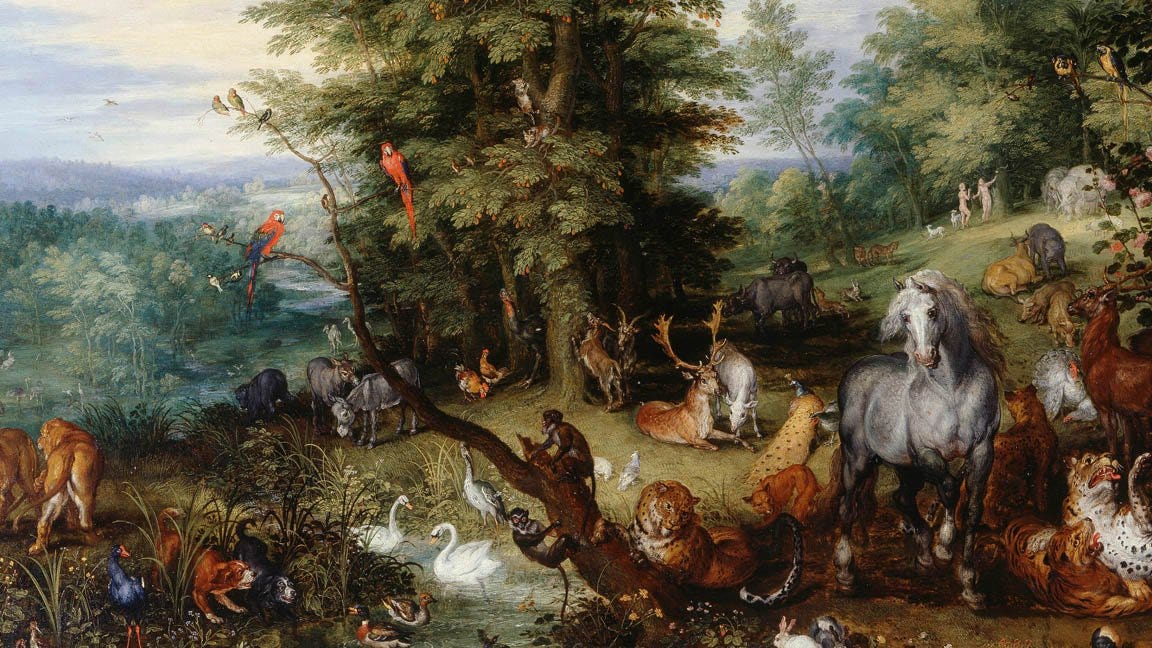
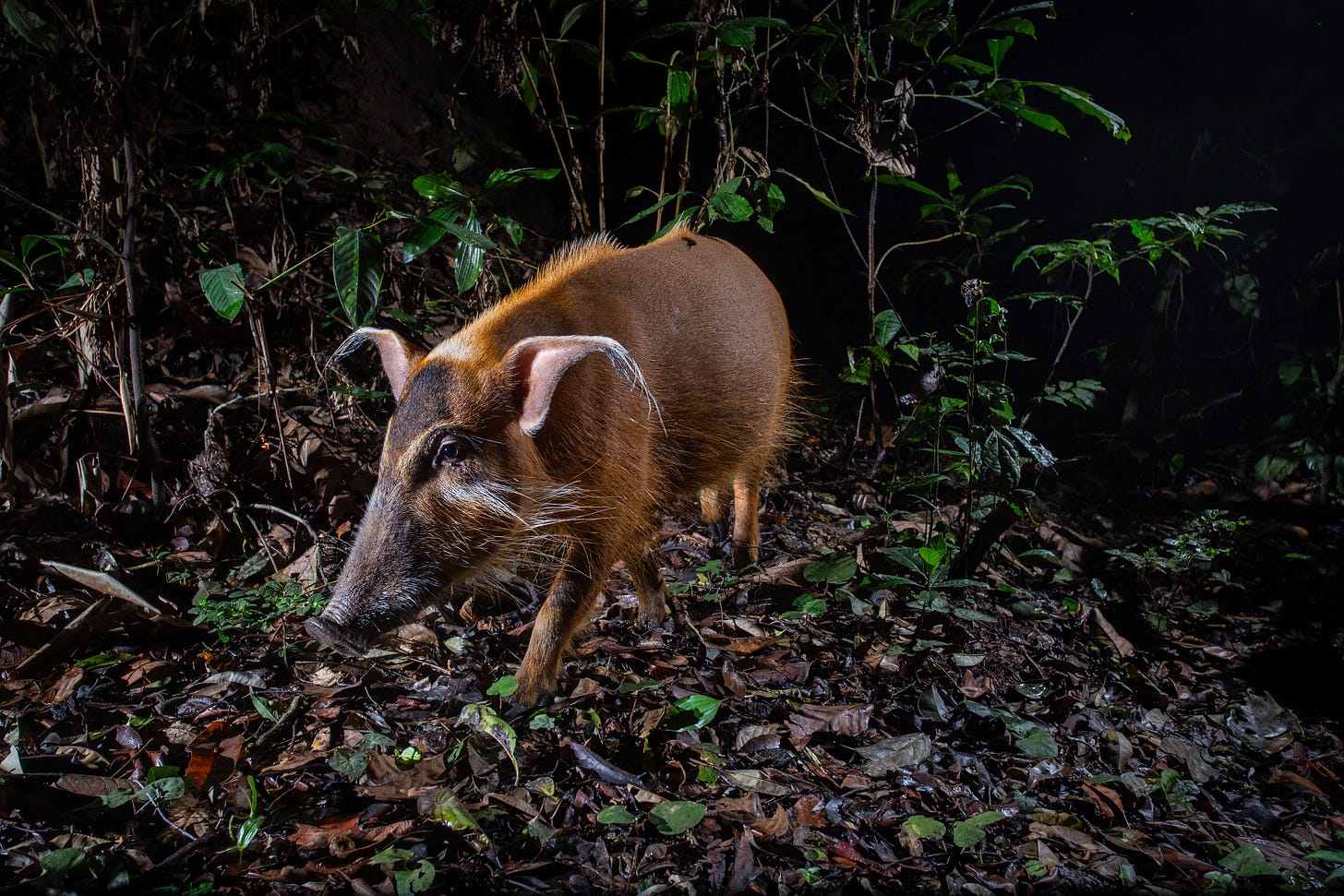
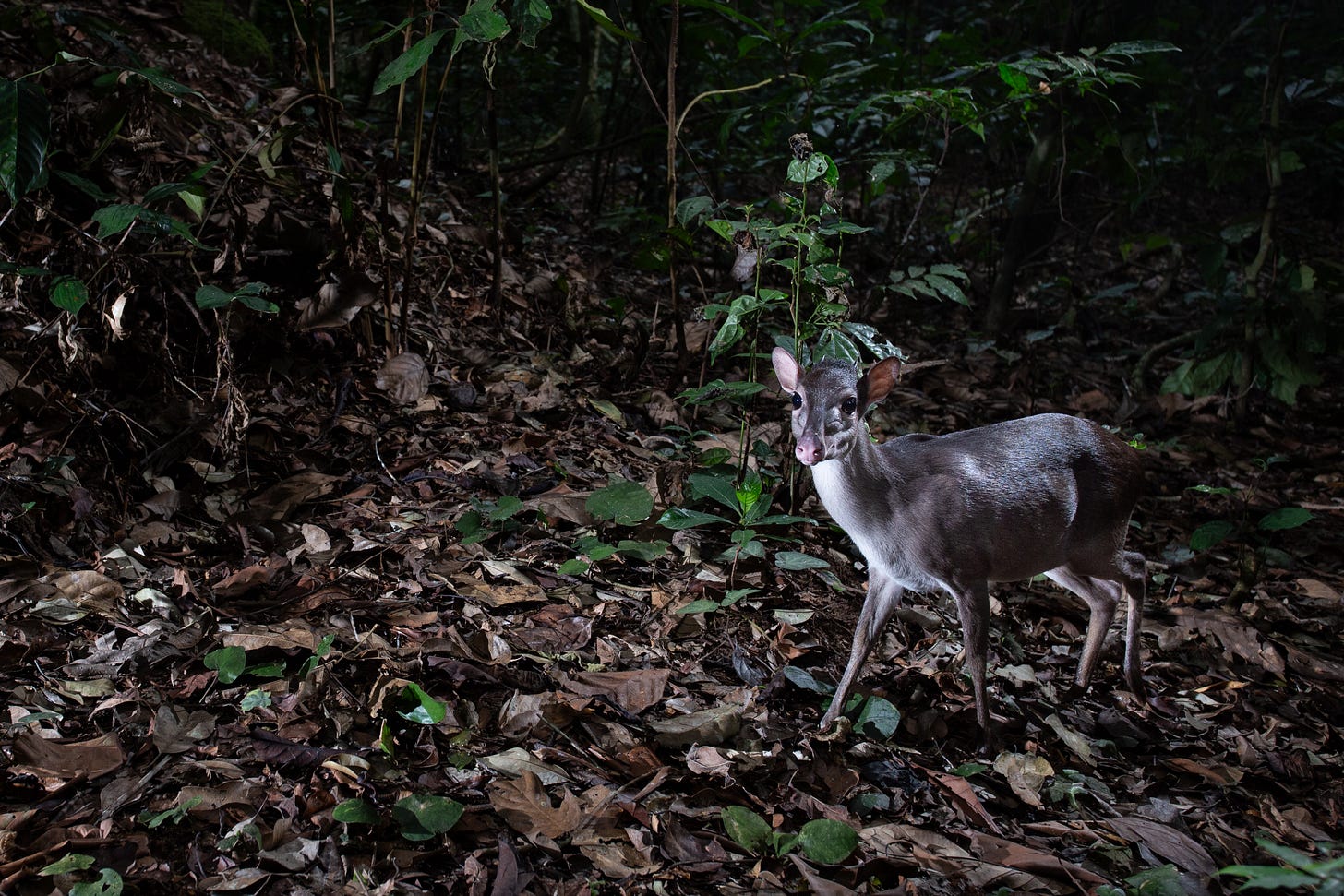
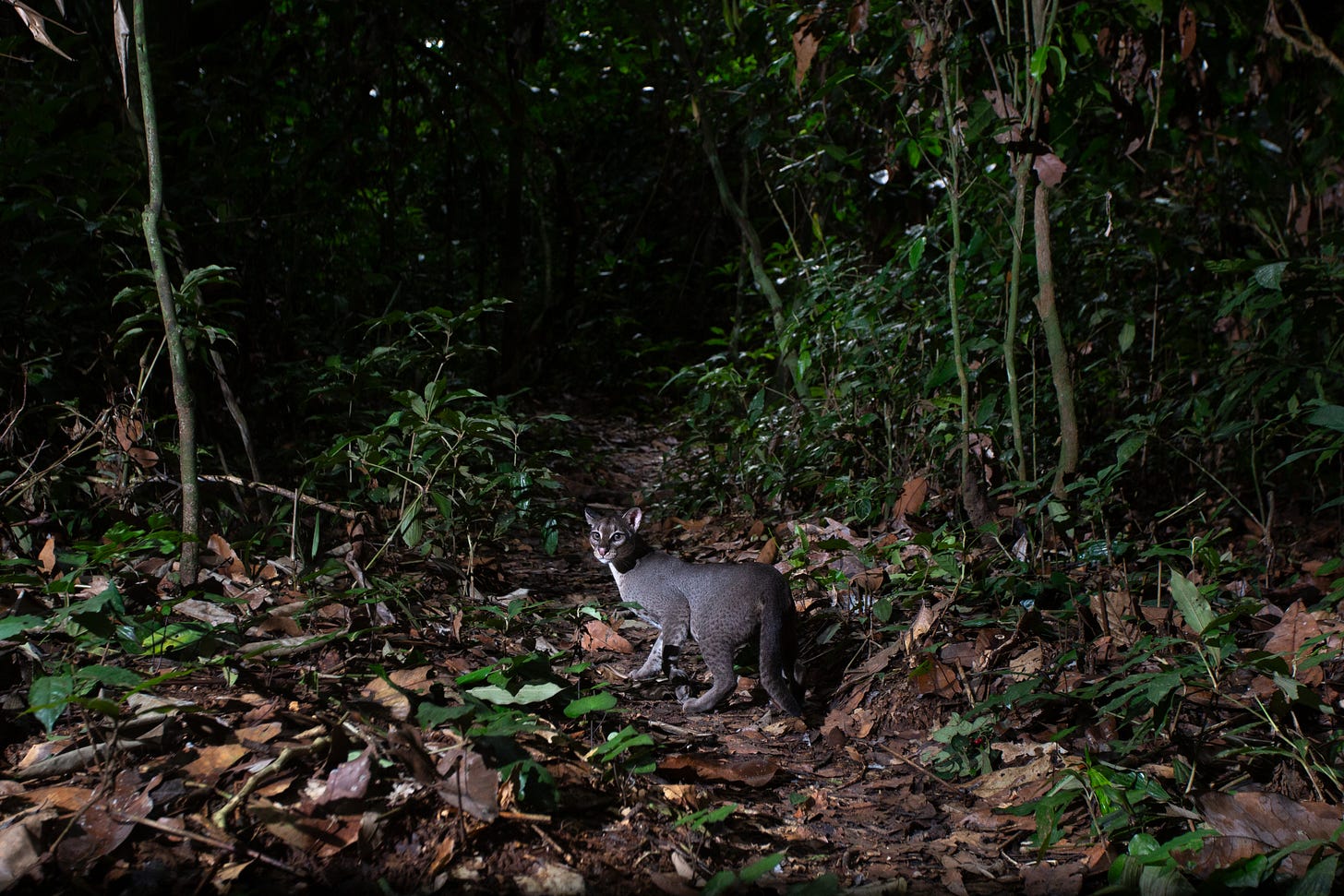
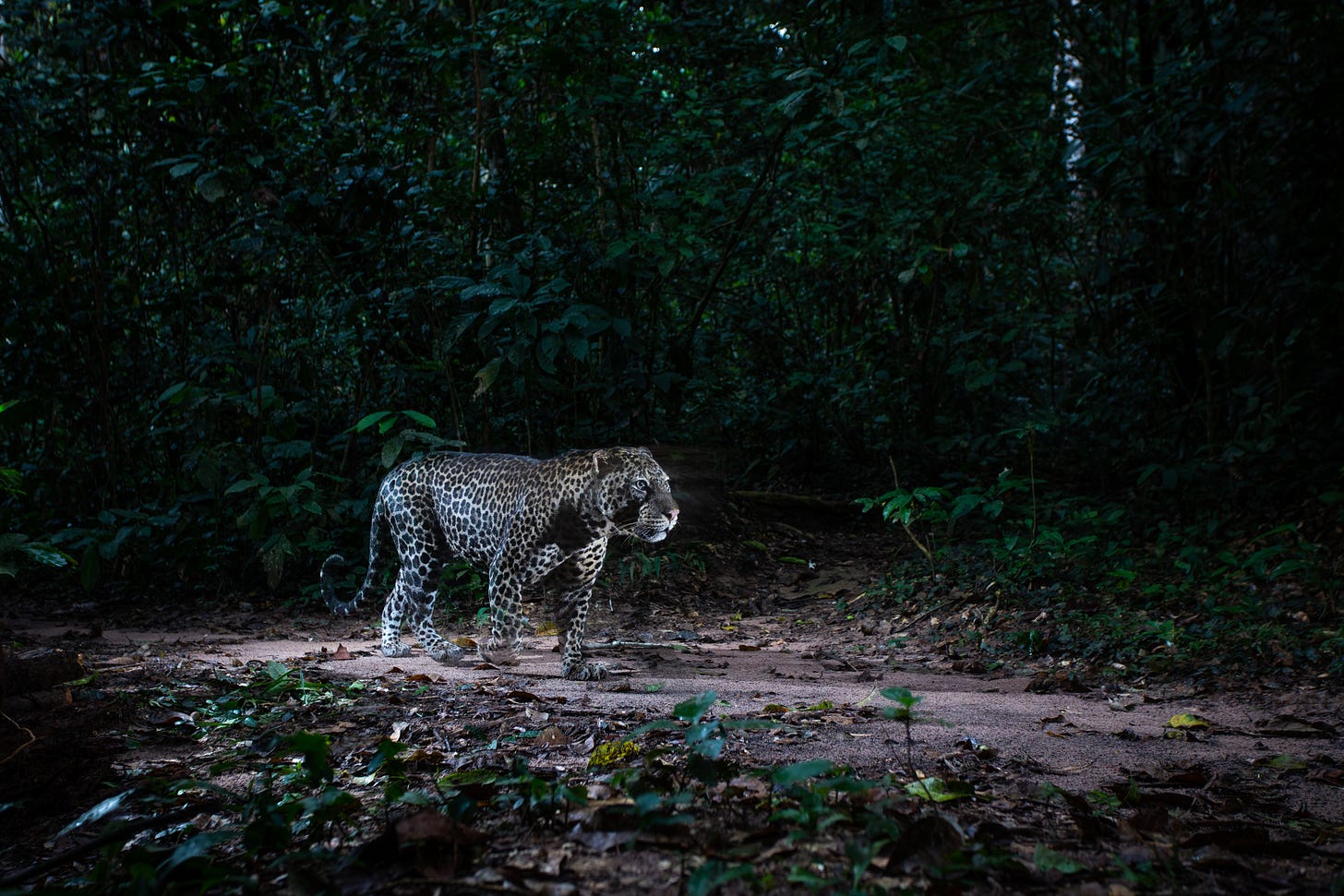
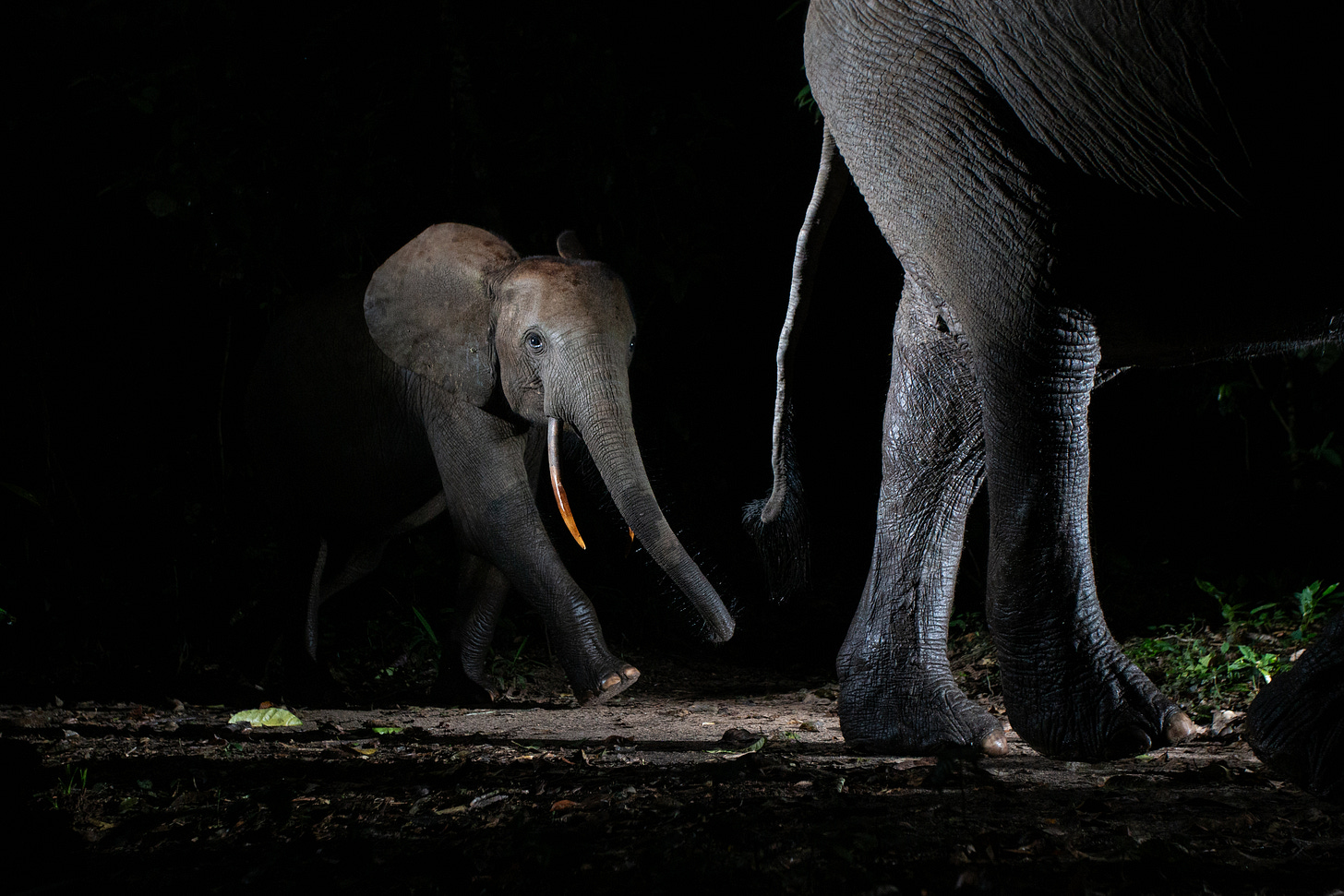
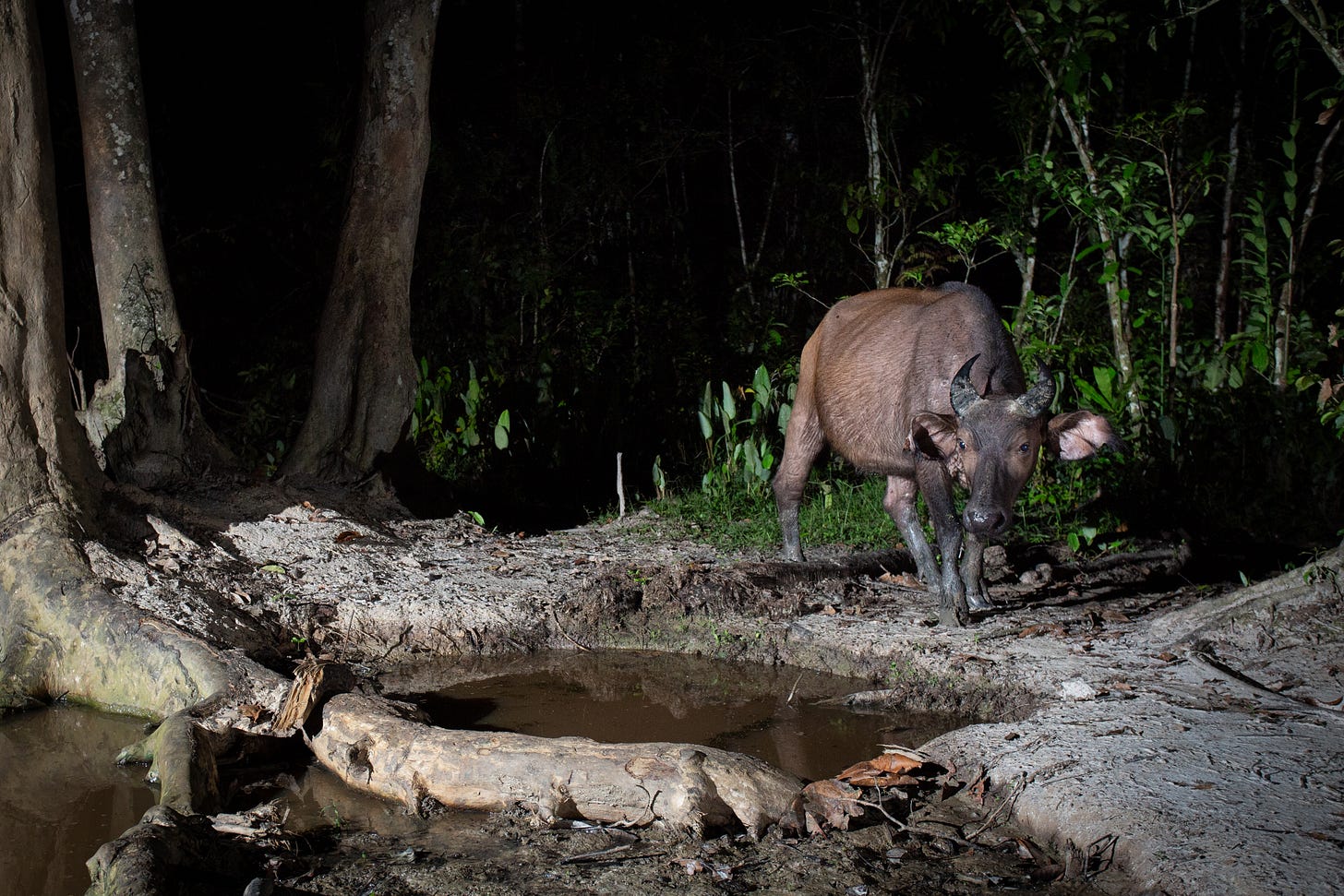
Apologies to botanists for that "even plants." As they are well aware, "plant blindness" is epidemic in the modern world.